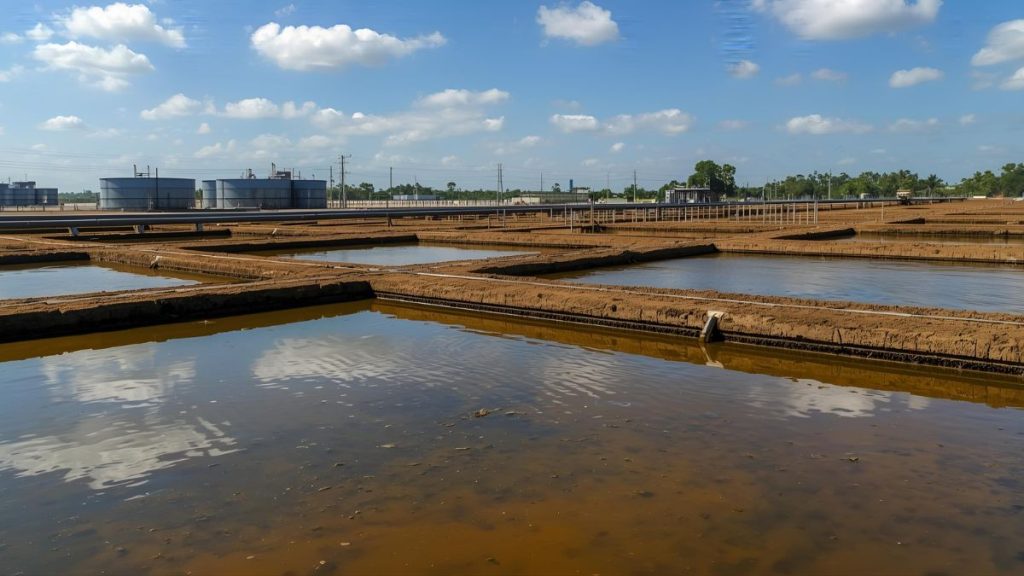Water is the foundation of life and industry, yet not all sources of water are equal in quality. One of the most challenging types of raw water is peat water, which is abundant in many tropical regions, including Indonesia. Effective peat water treatment is critical not only to produce safe drinking water but also to protect equipment, pipelines, and industrial processes from damage. Without proper treatment, peat water’s high organic load, low pH, and heavy metals create serious operational, environmental, and health concerns.
Challenges of Peat Water
Peat water originates from swampy areas rich in decayed vegetation and organic matter. Its unique composition makes it difficult to treat using conventional water treatment methods. Below are the main challenges that arise:
1. High Organic Content (Humic and Fulvic Acids)
Peat water contains large amounts of humic and fulvic acids, which are natural by-products of decomposed organic matter. These compounds give the water its characteristic dark brown color, unpleasant taste, and earthy odor. More importantly, humic substances are resistant to standard treatment processes. They can pass through basic sedimentation and filtration units, causing persistent water quality issues.
Read Also: How to Reduce Organic Content in Raw Water
2. Low pH and Acidity
The acidity of peat water is another significant challenge. With pH levels often below 5, untreated peat water is corrosive to pipelines, pumps, and other equipment. Low pH also reduces the efficiency of treatment chemicals, making it harder to optimize coagulation, flocculation, and disinfection processes.
3. High Iron and Manganese Levels
Iron and manganese are commonly found in peat water. If not treated, they cause staining on surfaces, scaling in pipes, and foul taste in drinking water. These metals can also complicate downstream treatment processes, creating an additional burden for operators.
4. Disinfection By-Products (DBPs)
When chlorine is used for disinfection without proper pretreatment, the high organic matter in peat water reacts to form disinfection by-products (DBPs). One of the most concerning DBPs is trihalomethanes (THMs), which are linked to health risks such as cancer when consumed in large amounts over time. This makes it critical to carefully manage the treatment sequence before applying chlorine or other disinfectants.
How to Treat Peat Water Effectively
Despite its challenges, peat water can be transformed into high-quality process or drinking water through a combination of physical, chemical, and advanced treatment methods. Below are key steps in a successful peat water treatment process:
1. Coagulation–Flocculation
The first major step in treating peat water is the removal of organic matter through coagulation and flocculation. By adding coagulants such as poly-aluminium chloride (PAC) or aluminium sulfate, humic substances and suspended solids are destabilized and aggregated into larger particles. These can then be removed by sedimentation or filtration. This step reduces color, turbidity, and organic load significantly, paving the way for more efficient downstream treatment.
2. pH Adjustment
Since peat water is naturally acidic, pH correction is crucial. Alkaline chemicals like lime or sodium hydroxide are added to raise the pH to a more neutral level. Proper pH adjustment not only prevents corrosion but also enhances the effectiveness of coagulants and disinfectants. It ensures that the water chemistry is balanced for subsequent treatment steps.
Read Also: The Role of pH Controller in Boiler Systems
3. Oxidation and Filtration for Iron and Manganese Removal
To address high levels of iron and manganese, oxidation processes are applied. Techniques such as aeration, ozonation, or the use of chemical oxidants (e.g., chlorine or potassium permanganate) convert soluble iron and manganese into insoluble particles. These are then captured through filtration. This step prevents staining, scaling, and taste issues, while also protecting downstream membranes and equipment.
4. Advanced Filtration Media
Filtration plays a key role in polishing the water and removing residual contaminants. Specialized filter media are highly effective for peat water treatment, including:
- Activated Carbon: Removes odor, color, and organic substances.
- Anthracite: Improves turbidity removal and filtration efficiency.
- DMI-65: A catalytic media that simultaneously removes iron, manganese, and arsenic, making it ideal for challenging raw water conditions.
By selecting the right media, water treatment plants can achieve reliable and cost-effective results.
5. Membrane Technologies (UF/RO)
For high-purity applications or drinking water production, membrane technologies such as ultrafiltration (UF) and reverse osmosis (RO) provide advanced treatment. UF removes fine suspended solids and microorganisms, while RO eliminates dissolved salts, organic matter, and remaining color. These systems deliver consistently high-quality water, though they require proper pretreatment to prevent fouling.
6. Careful Disinfection
The final step in peat water treatment is disinfection. After the majority of organic matter has been removed, disinfectants such as chlorine, UV, or ozone are applied to ensure microbiological safety. By sequencing disinfection after organic removal, the risk of harmful disinfection by-products (like THMs) is minimized. This ensures that the treated water is both safe and compliant with regulatory standards.
Why Effective Peat Water Treatment Matters
Treating peat water is not just about removing color or odor but about safeguarding public health, ensuring industrial reliability, and protecting infrastructure investments. For municipalities, effective treatment ensures compliance with drinking water standards. For industries, it prevents equipment damage, reduces maintenance costs, and guarantees stable production quality.
In regions where peatlands are abundant, sustainable peat water treatment also contributes to environmental protection. By minimizing chemical overuse and carefully managing disinfection by-products, operators can achieve both performance and sustainability goals.
Working Towards Better Peat Water Solutions
Managing peat water requires more than equipment or chemicals alone. It calls for an approach that balances raw water characteristics, system performance, and long-term sustainability. With over 40 years of experience, Lautan Air Indonesia has supported industries and communities in addressing these challenges through a combination of treatment chemicals, advanced filtration media, tailored systems, and ongoing operational support.
By integrating expertise with practical solutions, we help ensure that peat water treatment not only delivers cleaner water but also protects infrastructure, improves efficiency, and supports broader sustainability goals.
Contact Lautan Air Indonesia today to discuss how we can support your peat water treatment projects and ensure a reliable, sustainable supply of clean water.



